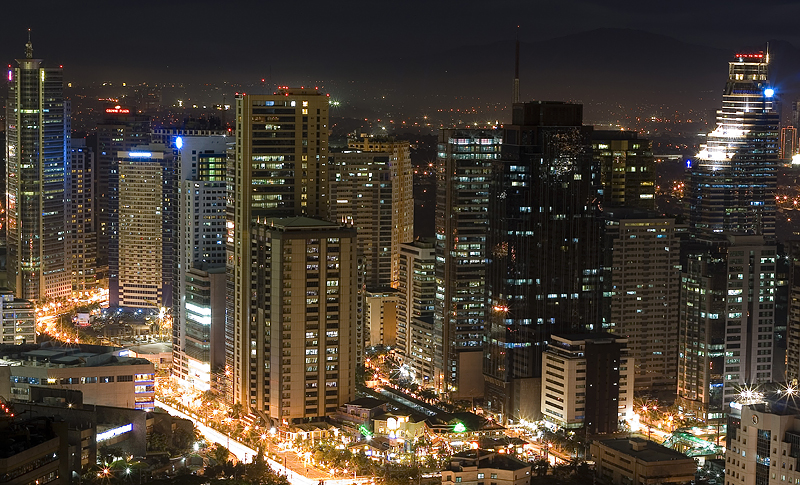Philippine News
Phivolcs: Disperse economic activities from MM to reduce quake impact

Ortigas Center, showing the portion of Barangay San Antonio in Pasig. (Photo By RamirBorja at English Wikipedia, CC BY-SA 2.5)
MANILA— Too much congestion and concentration of economic activities raise Metro Manila’s vulnerability to earthquakes, Science and Technology Undersecretary Renato Solidum has warned.
Speaking at the 1st National Convention on Climate Change and Disaster Risk Reduction on Friday, Solidum, who also heads the Philippine Institute of Volcanology and Seismology (Phivolcs), said Metro Manila’s decongestion is urgent, if only to mitigate the impact of earthquakes in the metropolis.
“The threat of earthquakes is big in Metro Manila and even in its surroundings,” Solidum noted.
Among the decongestion measures that Solidum suggested was dispersing economic activities to areas outside Metro Manila.
He recommended decentralizing to strategically located sub-offices, some operations of the public and private sectors.
He said a regional government center must be established in a resilient site to help ensure continuous delivery of state services even if a major earthquake strikes Metro Manila.
Solidum said Metro Manila’s structures must be assessed for structural integrity and strengthened if needed.
He also recommended conducting earthquake drills regularly and further disseminating information on earthquakes.
Phivolcs continues advocating preparedness nationwide, noting earthquakes are among natural hazards in the country and that these strike without warning.
Solidum said the West Valley Fault (WVF) and Manila Trench could cause major earthquakes in Metro Manila and surrounding areas.
According to Phivolcs, the 100-kilometer-long WVF traverses Metro Manila, as well as Bulacan, Rizal, Laguna, and Cavite provinces.
Manila Trench, on the other hand, is an oceanic depression west of Luzon and running in an almost north-south direction, Phivolcs said.
The WVF is already ripe for movement and can generate a magnitude 7.2 earthquake, Phivolcs warned.
It said that in August 2017, a movement in the Manila Trench triggered the magnitude 6.3 earthquake in Batangas province.
“The Philippines is dissected by many inland and offshore earthquake generators,” Solidum said.
The Archipelagic Philippines lies within the Pacific Ring of Fire, he said, referring to one of Earth’s most geologically active areas.
State agency Climate Change Commission (CCC) spearheaded the Dec. 6-8 national convention, so that local government units (LGUs) could learn more about natural disasters and climate change, address these accordingly, and become resilient.
Promoting multisectoral cooperation would help better protect life, limb, and property from the onslaught of those threats, noted CCC Vice-Chairperson Emmanuel de Guzman.
“We initiated this convention to converge our strategies and complement efforts for addressing climate and disaster risk at the local level,” De Guzman said at the convention’s opening.
The convention, he added, was in line with the administration’s campaign for government agencies like CCC to “act swiftly and work hand in hand with all LGUs in undertaking climate and disaster resilience measures.”





















